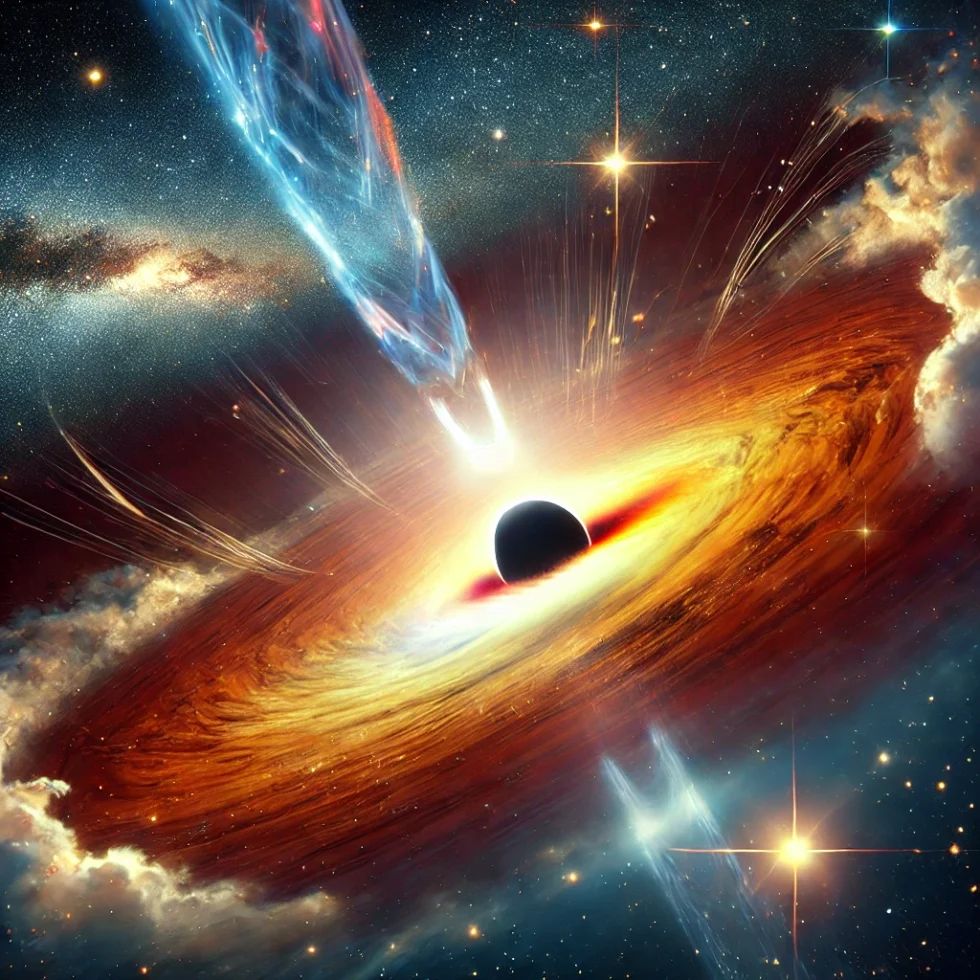
A Constant Cosmic Light Show
Recent observations by NASA’s James Webb Space Telescope (JWST) have unveiled that Sagittarius A*, the supermassive black hole at the center of the Milky Way, emits a continuous stream of light flares. These flares vary in intensity and duration, ranging from brief flickers lasting mere seconds to powerful eruptions occurring multiple times daily. This discovery challenges previous assumptions that such flares were sporadic, indicating instead that Sagittarius A* is in a perpetual state of activity.
Unprecedented Observations
An international team of astrophysicists conducted an extensive study using JWST’s Near-Infrared Camera (NIRCam), accumulating 48 hours of observation time over the course of a year. This comprehensive monitoring has provided the most detailed and prolonged examination of Sagittarius A* to date. The findings, published in The Astrophysical Journal Letters, reveal a dynamic environment with flares appearing to occur randomly, without a discernible pattern.
Understanding the Source of the Flares
While black holes themselves do not emit light, the intense gravitational pull of Sagittarius A* draws in surrounding gas and dust, forming a superheated accretion disk. As material in this disk spirals closer to the black hole, interactions within the disk can lead to the emission of light flares. Researchers propose that these flares may result from:
- Magnetic Reconnection Events: Collisions of magnetic fields release significant energy, producing bright bursts of radiation.
- Accretion Disk Turbulence: Instabilities within the disk can compress plasma, leading to temporary increases in brightness.
These processes are analogous to solar flares observed on the Sun but occur on a much more energetic scale near the black hole.
Implications and Future Research
This discovery offers valuable insights into the behavior of supermassive black holes and their interaction with their immediate surroundings. Understanding the mechanisms behind these flares can shed light on the dynamics of our galaxy’s center and the role such black holes play in galactic evolution. Future observations aim to determine whether these flares follow any underlying patterns or are entirely stochastic in nature.
The continuous monitoring capabilities of the JWST will be instrumental in unraveling these mysteries, potentially leading to a deeper comprehension of the fundamental physics governing black holes and their environments.









